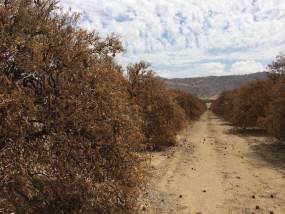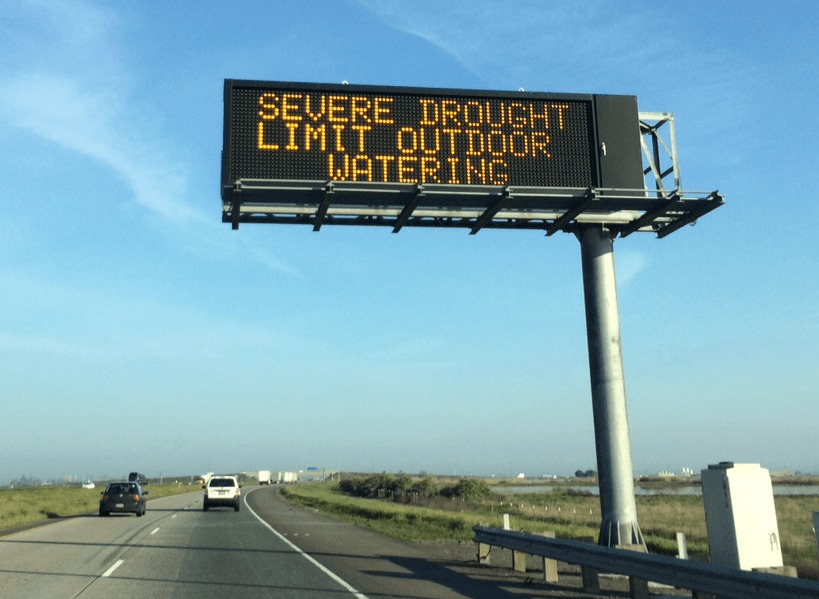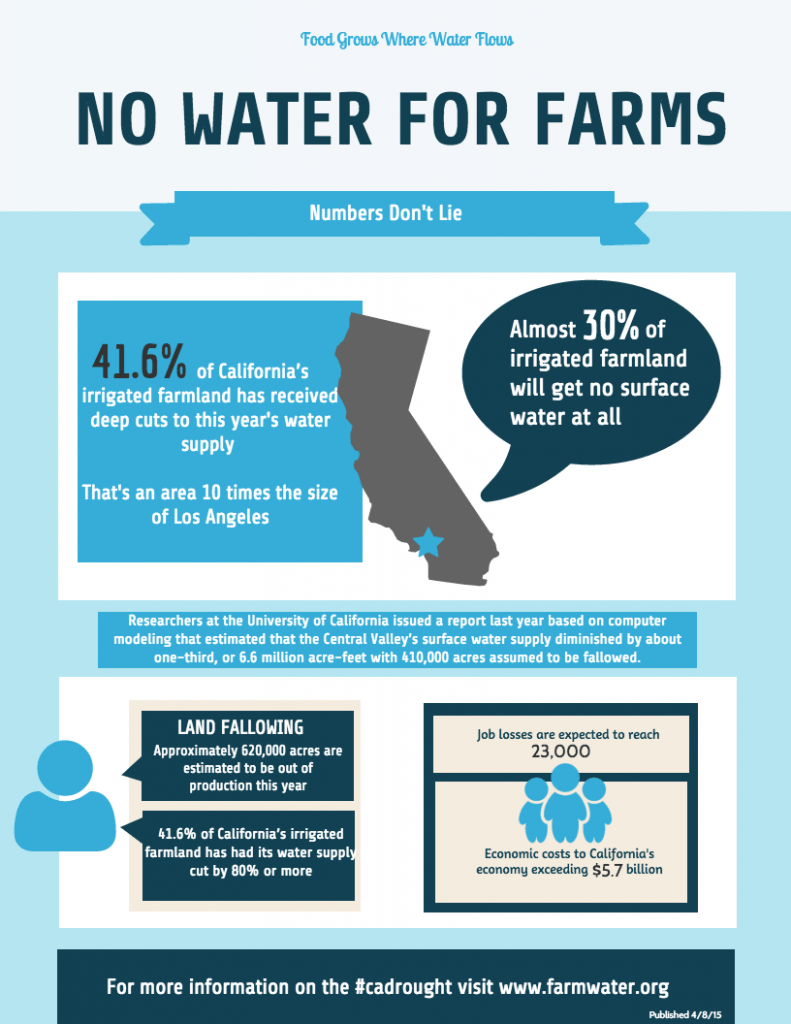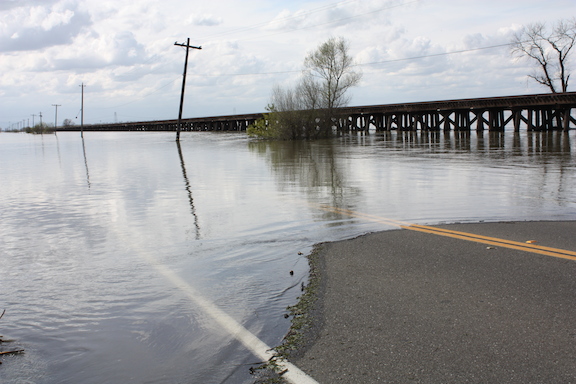One failure is we’re not capturing and storing nearly as much floodwater as we should.
Continue readingAbandoning Established Water Law Does Nothing to Produce or Save One Drop of Water and Puts Our Food Supply at Risk
Abandoning Established Water Law Does Nothing to Produce or Save One Drop of Water and Puts Our Food Supply at Risk
Without Action, Water Shortages Will Lead to Less Food Production and Higher Prices
Are Curtailments a Balanced Water Use?
Thanksgiving.
Central Valley Project Users Can’t Get a Break
WATER SUPPLIES ARE better than normal in Northern California, so why is it that Central Valley Project (CVP) water users can’t get a break? The water users in question are the farms and ranches in the San Joaquin Valley that rely on the federal Central Valley Project water conveyance system. They are set to receive […]
The bleeding of agriculture
Approximate number of acre-feet of fresh water flushed to the ocean since December 1, 2015 One acre-foot is 325,851 gallons. It is enough water to meet the household needs of two California families for an entire year. Every day more than 6,600 acre-feet, or more than 2 billion gallons, of precious water is flushed to the ocean. […]
Timing is Everything
Timing is Everything. NRDC’s Doug Obegi wrote in a recent blog that we’ve captured and diverted too much water in the state’s reservoirs in January. He claims that “prevailing science” indicates that we shouldn’t be diverting more than 20 percent of unimpaired flows but he doesn’t tell us what science that is. A link in his blog […]
Over 41 percent of California’s irrigated farmland loses nearly entire surface water supply
Over 41 percent of California’s irrigated farmland will lose 80 percent or more of its normal surface water allocation this year, according to a new survey by the California Farm Water Coalition. The survey of agricultural water suppliers conducted the first week of April shows that 3.1 million acres, or 41.6 percent of California’s irrigated […]
Mismanaging Floods in a Drought – Updated 12-15-2014
Reduced Pumping Now May Protect Future Supplies The Department of Water Resources (DWR) and U.S. Bureau of Reclamation (USBR) in conjunction with the U.S. Fish and Wildlife Service (USFWS) are experimenting with pumping reductions for several days to prevent a “turbidity bridge” from occurring in the central and south Delta. Delta smelt are attracted to […]





